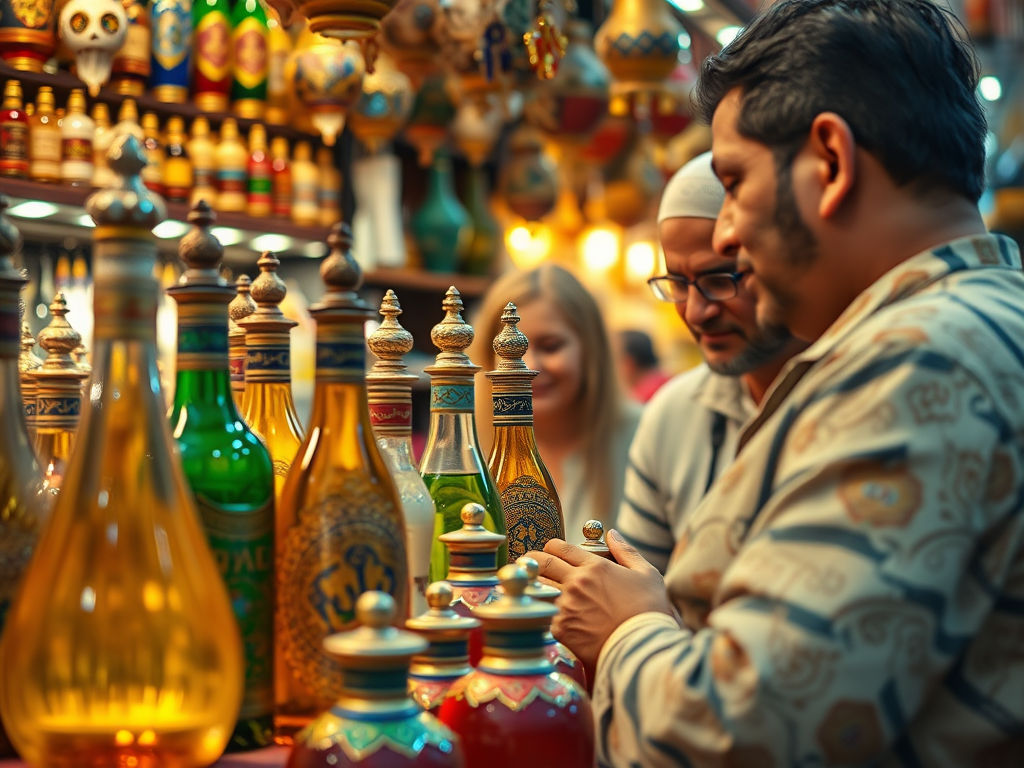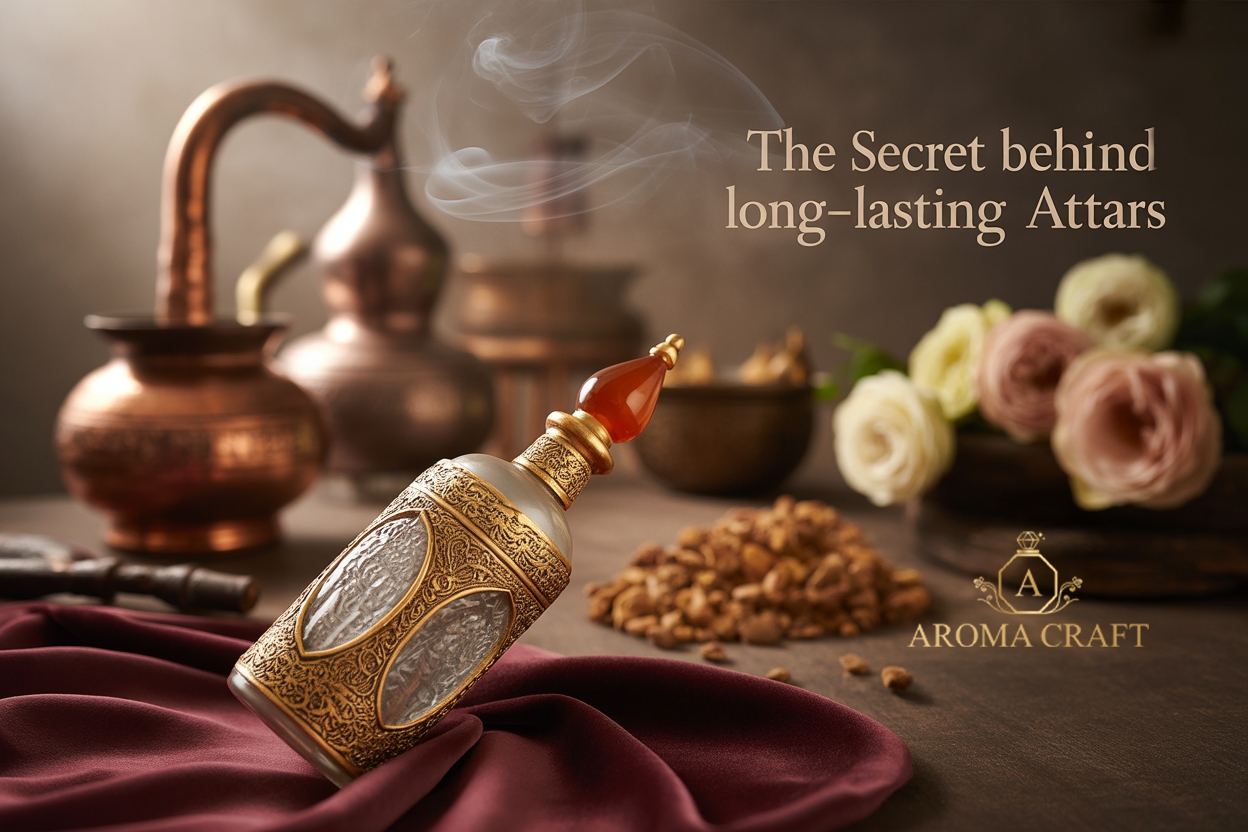Introduction
Attar, a traditional form of perfumery, has been a cherished element of Indian culture for centuries. Composed predominantly of natural ingredients, attars are alcohol-free and are often derived from flowers, herbs, and spices. In recent years, there has been a resurgence of interest in attar, driven by changing consumer preferences and a growing appreciation for natural products. This blog explores the intricate landscape of consumer behavior surrounding attar in India, examining the factors influencing purchasing decisions, the demographic profile of consumers, and the broader implications for the perfumery market.
The Allure of Attar in Indian Culture
Attar has deep roots in Indian culture, often associated with traditions, spirituality, and festivals. Its usage is prevalent across various religious and cultural practices, with many individuals using attar during rituals, celebrations, and daily life. The affordability and accessibility of attar make it a popular choice among diverse socio-economic groups.
Moreover, the growing trend towards sustainability and natural products has further boosted attar’s appeal. In a rapidly urbanizing society increasingly concerned with health and environmental impact, many consumers are gravitating toward products that are perceived as natural and less harmful than synthetic fragrances.
Key Factors Influencing Consumer Behavior
1. Cultural Significance and Heritage
One of the principal factors driving the consumption of attar in India is its cultural significance. Consumers often associate attar with tradition and heritage, leading to a sentimental attachment. Many families pass down attar recipes through generations, creating a sense of identity and belonging. Brands leveraging this cultural narrative resonate more powerfully with consumers, enhancing brand loyalty.
2. Natural and Chemical-Free Appeal
With a growing awareness around health and wellness, Indian consumers are increasingly moving away from chemical-laden fragrances. Attar, being free of alcohol and synthetic ingredients, captures the attention of health-conscious consumers. The natural aroma is not only considered healthier but also has a unique and rich scent profile that differs from synthetic perfumes.
3. Price Sensitivity and Accessibility
In a country where price sensitivity is a critical factor for many consumers, attar offers a more affordable alternative to high-end perfumes. Available in various price ranges, from economical to luxury, attar caters to a broad audience. Its versatility in packaging—ranging from small vials to larger bottles—also allows for flexibility in purchasing, making it accessible to a wider range of consumers.
4. Social Influence and Trends
Social media has played a significant role in shaping consumer behavior in the attar market. Influencer marketing and online platforms have introduced consumers, particularly younger generations, to various attar brands and products. As trends shift towards authenticity and craftsmanship, brands that highlight their artisanal processes or ethical sourcing efforts tend to attract a loyal following.
5. Personalization and Customization
Contemporary consumers seek personalized experiences, and attar brands are taking note. Offering customizable scents or tailored experiences has become a potent marketing strategy. By allowing customers to craft their unique fragrances, brands can enhance customer engagement and satisfaction.
Demographic Insights
The Indian attar market is diverse, appealing to various demographic segments:
- Young Adults (18-35 years): This group is increasingly interested in natural products and personal branding. They are often influenced by social media trends and are willing to explore new brands and fragrances.
- Middle-Aged Consumers (36-55 years): Generally more brand loyal, this demographic tends to favor attars that evoke nostalgia or carry cultural significance. They often purchase attars for personal use as well as gifting.
- Older Adults (55+ years): Often value traditional scents and brands that have stood the test of time. Many in this demographic purchase attars for spiritual or ritualistic purposes.
Future Trends and Implications
As consumer preferences continue to evolve, the attar market in India is poised for significant growth. Emerging trends, including the rise of e-commerce and the increasing demand for sustainable products, are reshaping the landscape.
Brands will need to navigate these changes by staying attuned to consumer desires, emphasizing transparency, and adapting to evolving market dynamics. Additionally, companies investing in education around attar’s traditional roots and benefits will likely differentiate themselves in this competitive space.
Conclusion
Indian consumers exhibit a multifaceted approach toward attar, influenced by cultural significance, health consciousness, and a desire for authenticity. As the market continues to expand, brands that understand these layers of consumer behavior and adapt their strategies accordingly will thrive in the ever-evolving realm of attar. By embracing tradition while being forward-thinking, the Indian attar industry stands to deepen its roots and flourish in the years to come.







